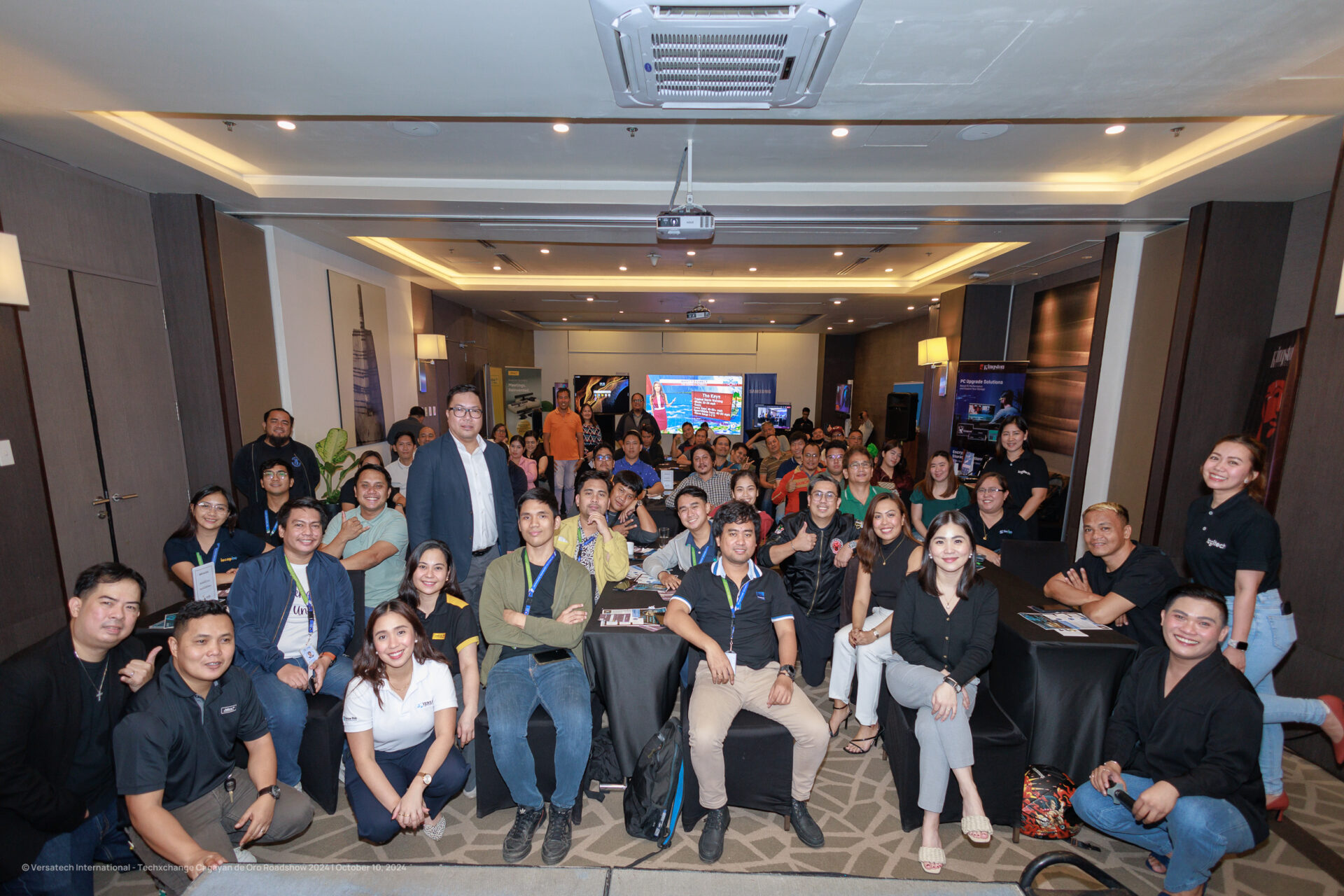Remote conferencing is almost a standard of modern businesses. When it’s not, organizations often invest in costly business trips, bringing people together in physical spaces for collaboration. Video conferencing is a cost-effective solution for most organizations, allowing quality and engaging team communication from nearly anywhere on the globe. This becomes more crucial as businesses spread out, invest in remote branches to reduce labor costs, and move offices to areas where employing skilled individuals is easier or more cost-effective.
Video conferencing allows instant communication, enables individuals to benefit from visual communication, and supports improved quality of communication. This will help to foster collaboration and relationships between teams, suppliers, offices, suppliers, and investors. Most importantly, it will offer cost savings over travel while improving quality of communication over phone calls.
At the same time, implementations and solutions vary considerably from office to office. If you’re considering video conferencing solutions, you have dozens of options and solutions available. The following include three case studies of organizations that installed video conferencing.
First Bank
First Bank operates over 100 locations, over 1000 employees, and maintains 12 call centers to support customers. Maintaining quality communication between those branches and with customers is crucial to maintaining the profitability as well as the reputation of the brand. In 2016, First Bank chose to modernize their legacy PBX systems for a RingCentral solution, supporting virtual PBX, phone and video conferencing, and both customer-facing and internal communications.
The rollout began with a single branch, where RingCentral stepped in to replace hardware, port phone numbers to new phones, and set up new software and hardware. This was quickly followed by implementation across 100 locations.
Here, employees have access to a chat and call space, enabling VoIP calling and video conferencing for anyone with access to the PBX extension. This allows employees to set up and manage video conferences as easily as they’d dial someone into a phone conference. In addition, with VoIP enabled desktop phones at most office desks, plus software on computers, employees can dial in from their computer, phone, or other device, to participate in conferences even when out of the office.
While First Bank’s video conferencing solution comprises a full virtual PBX solution, the bank currently claims to save 30% over their previous installation.
Facebook is easily one of the largest companies on the planet, with $55.8 billion in revenue in 2018 alone. The company also uses video conferencing to align its operations and offices, which are spread across 78 cities globally. Until 2018, Facebook utilized a range of internal video chat solutions, ranging from their own to other services, but made the decision to incorporate a single, company-wide solution in 2018. At the time, most video conferencing was only available at video conferencing rooms, which smaller locations and people working from home did not have access to.
Facebook chose BlueJeans, a video conferencing software solution, in tandem with their own hardware solutions. BlueJeans enabled Facebook to solve their problems by supporting video conference room solutions as well as desktop and mobile call-ins. Plus, with up to 100 users per call, personal meeting rooms, and quick link invitations, the solution brought the benefits of modern cloud to Facebook’s internal communications.
Hubspot
Hubspot is an online marketing company offering SaaS products to organizations around the globe. To facilitate this, Hubspot maintains 8 global offices, as well as remote workers, flex work, and work-from-home employees. This creates a strong need for regular communication inside the company to align teams, prevent miscommunication, and to remotely manage teams and work.
Hubspot uses a mixed solution designed around work management. Their primary communication tool, Slack, does not support video conferencing, but they do integrate Zoom into the tool. This allows individuals to quickly start up video calls within a few seconds with a simple invite link right inside existing tooling. Larger conference calls support up to 1000 participants per call (although this is unlikely to be needed), and enable the organization to quickly set up and manage video conferencing in a very casual way.
Zoom’s tooling also supports larger-scale calling including video conference rooms, invite links, call-ins, and a scheduler, with full support for company branding and tools.
Installing Video Conferencing
If your organization is ready to take the plunge and install video conferencing, there are a lot of options to choose from. Importantly, each of these case studies involves an organization choosing a software solution and mostly implementing their own hardware, with the exception of First Bank, which utilized RingCentral’s VoIP phones. Most video conferencing solutions providers will offer a full package, including hardware for calling inside video conference rooms, may provide laptops with video calling, headsets, and possibly VoIP phones where needed. Some will also roll out complete video conferencing software solutions, either as its own solution or part of a larger virtual phone (PBX) package.
Choosing the right solution for your video conferencing needs means reviewing how and where you communicate. For example, if your organization’s communication needs primarily revolve around a few teams contacting other teams in remote offices, internal video conferencing rooms are a good solution. If you have remote work, want to enable faster and better video calling, and need individuals to be able to connect with each other quickly, it’s important to roll out a company-side solution to laptops and other devices.
Video conferencing will improve communication, reduce the need to travel, and help teams and individuals connect with each other. Finding and choosing a provider that meets your needs is the first step, after which your provider will likely offer hardware and software to meet your needs.






